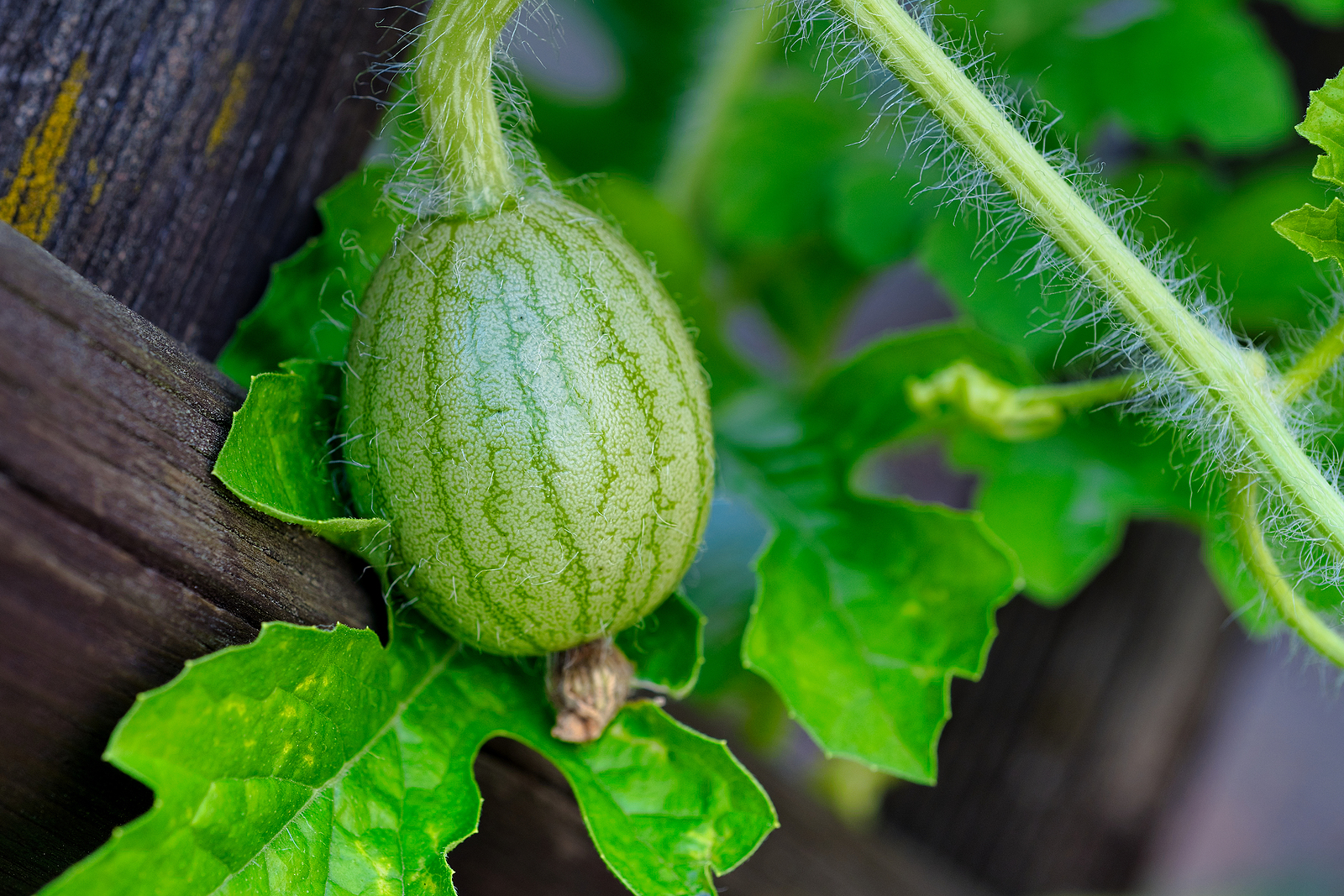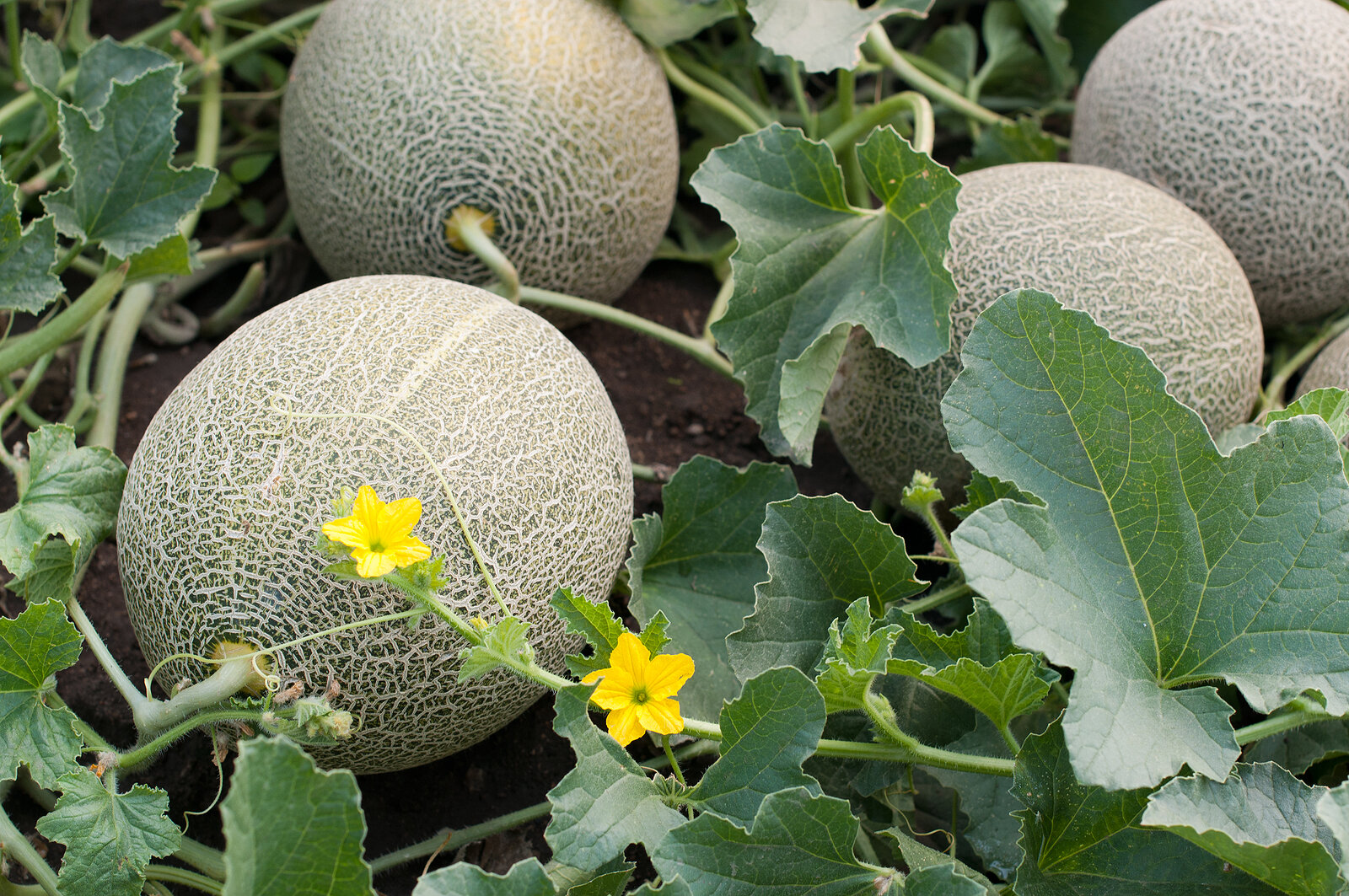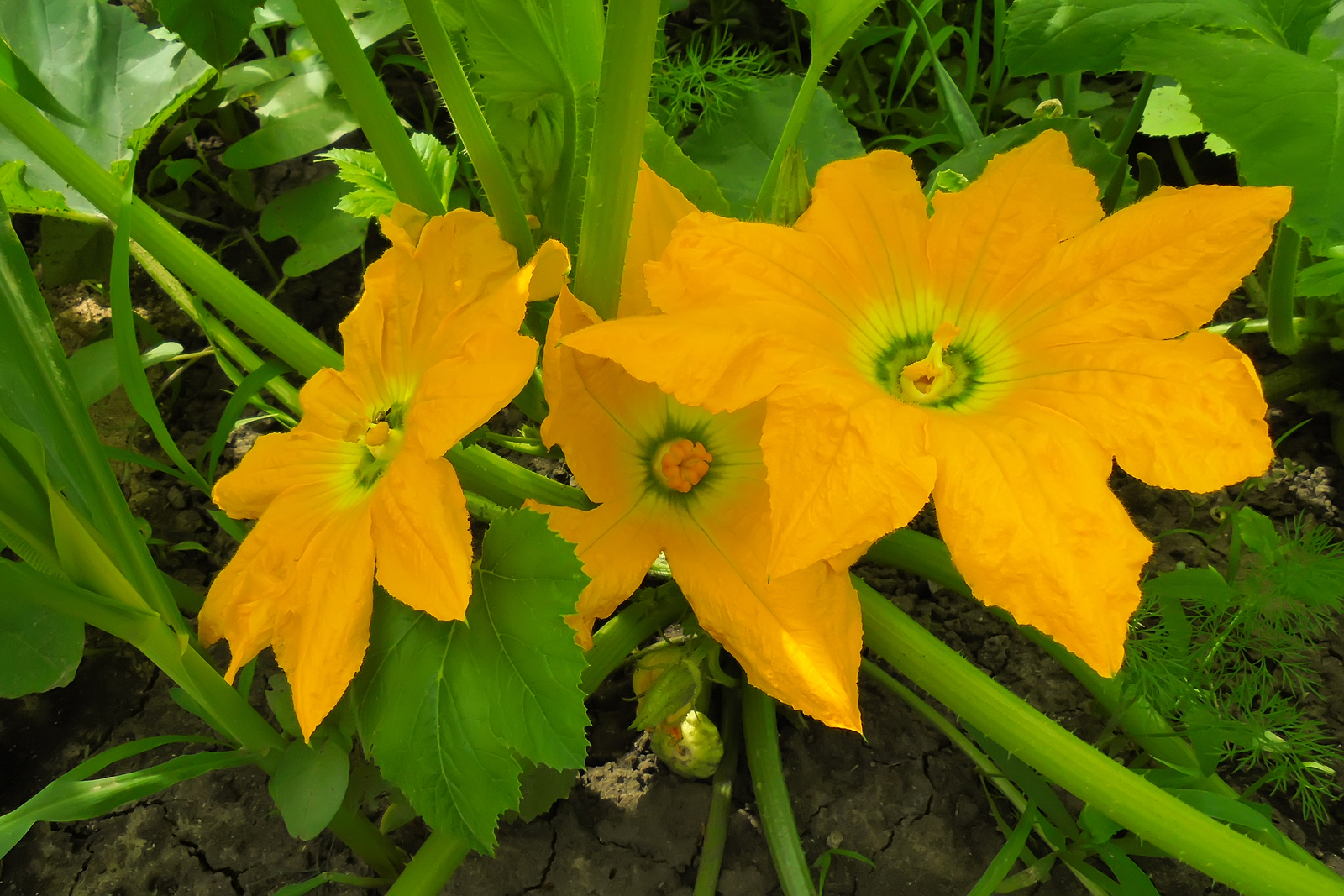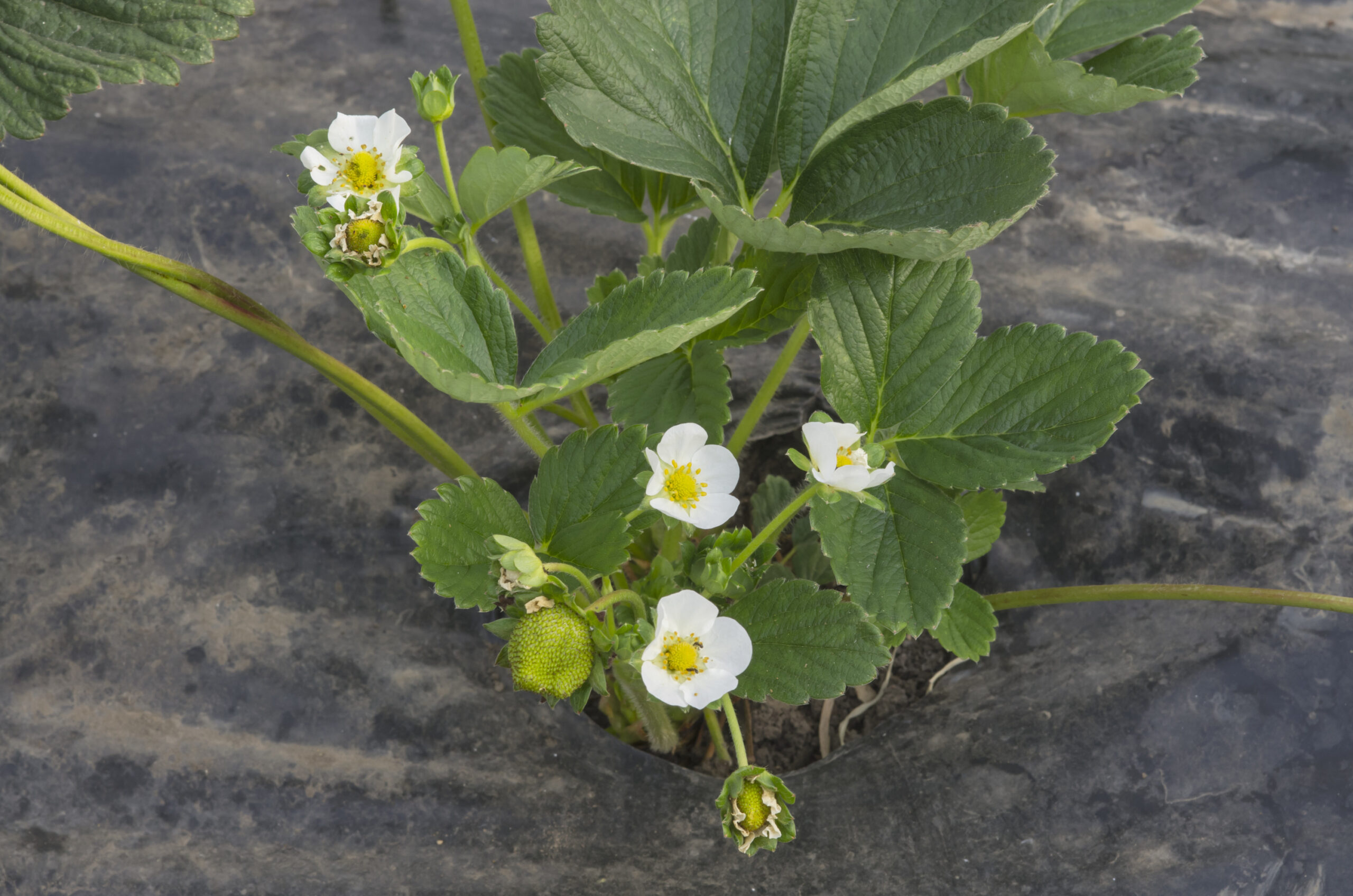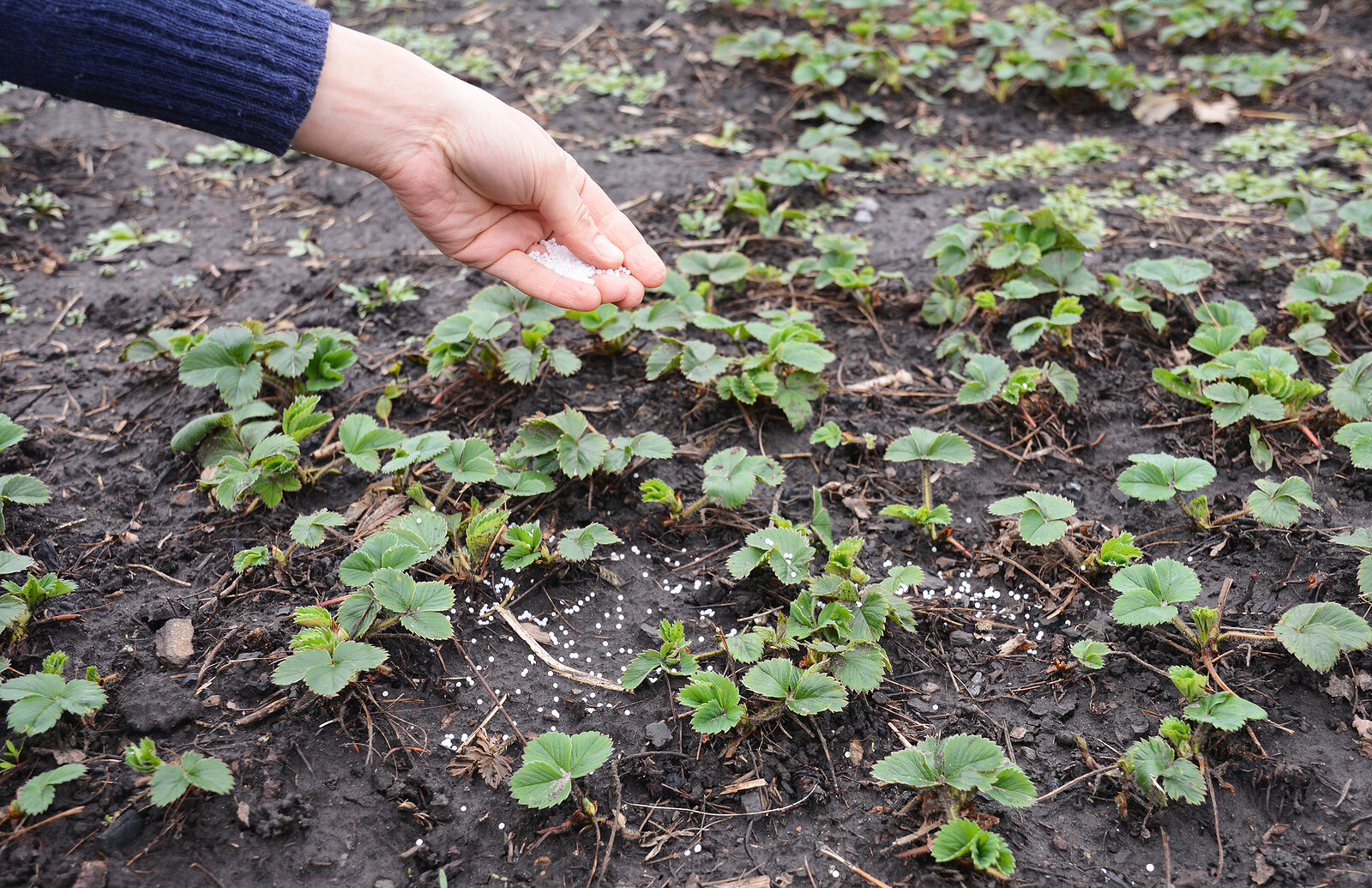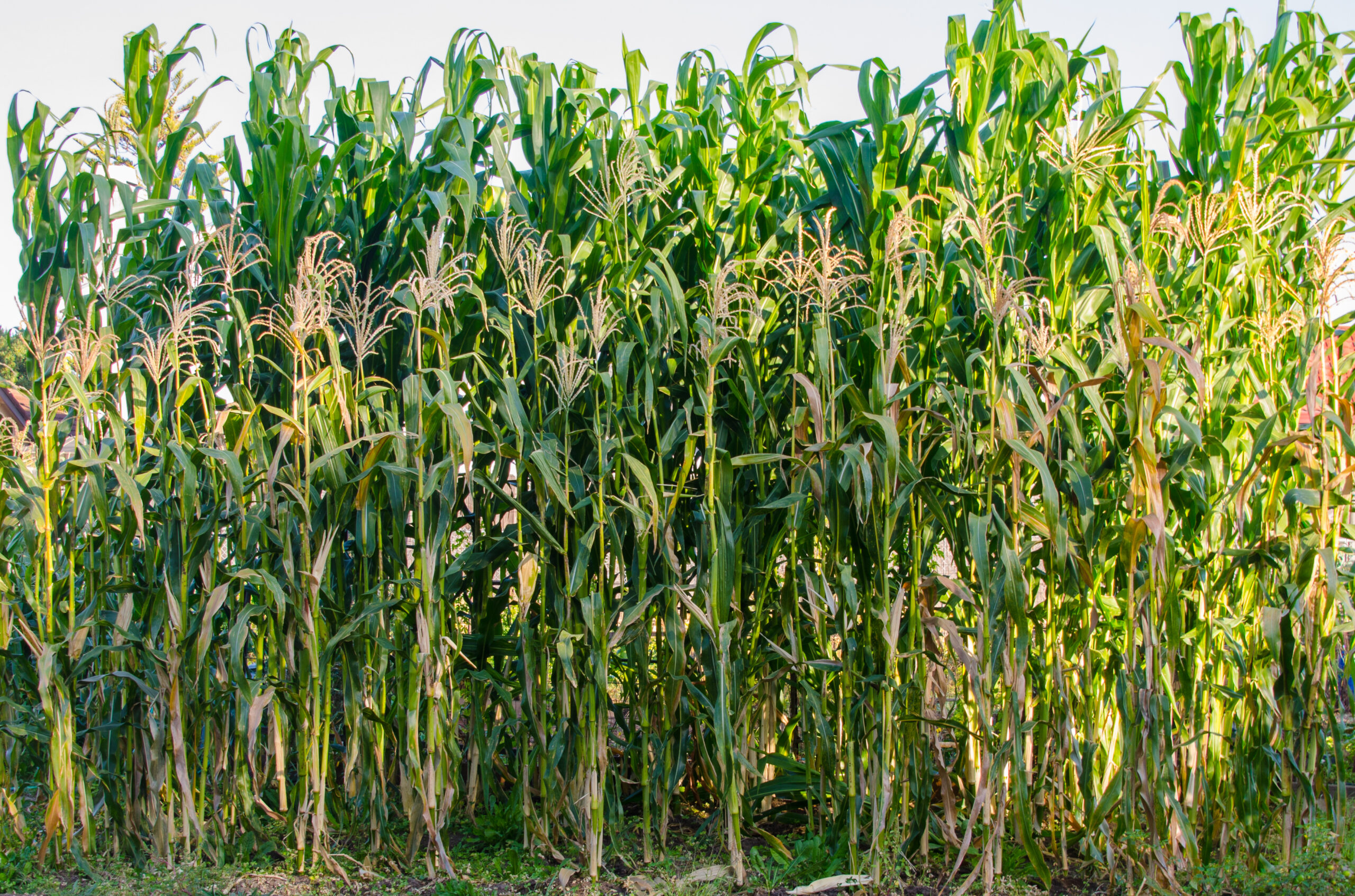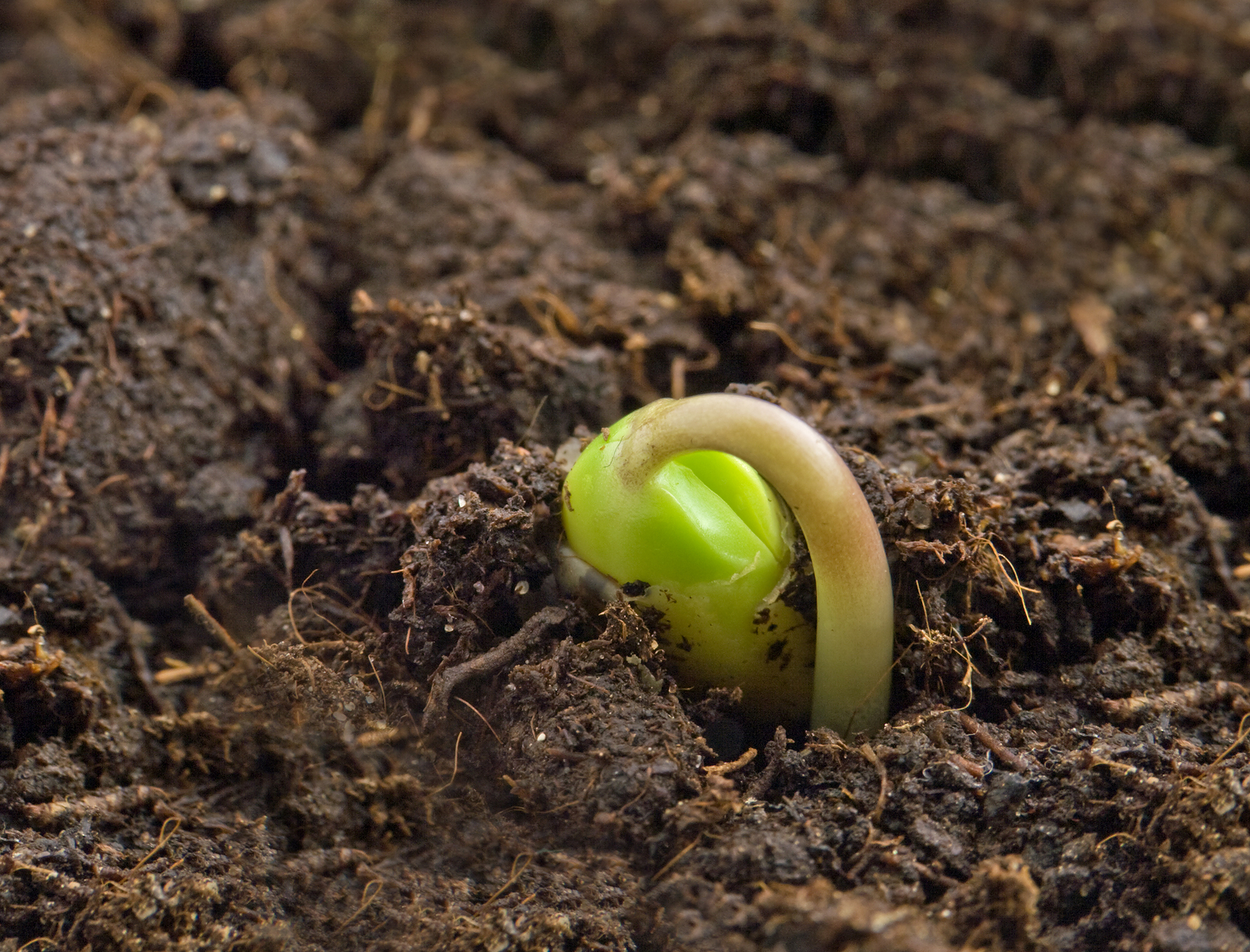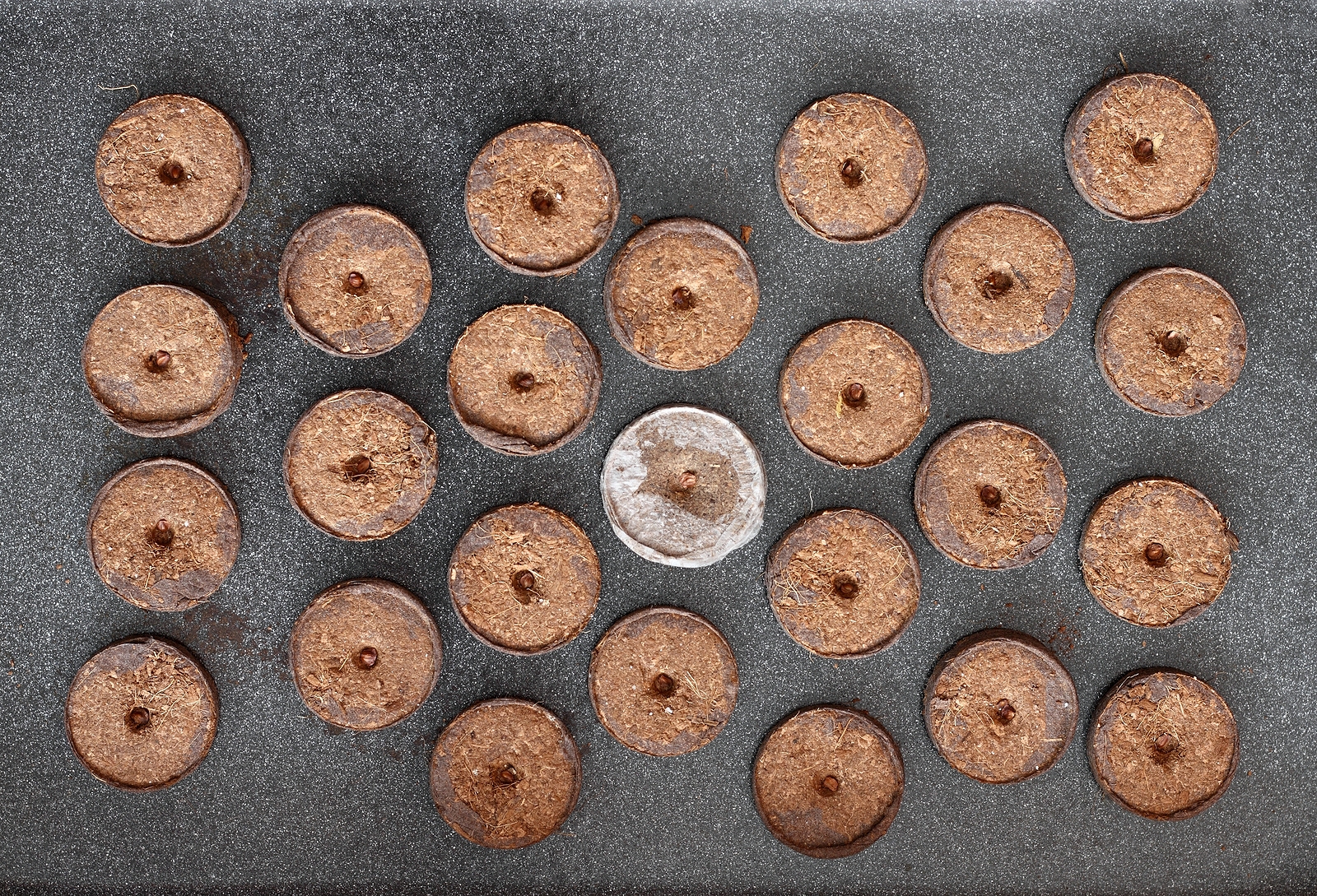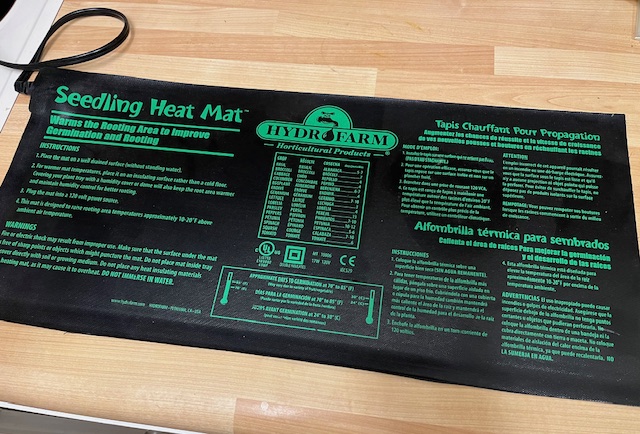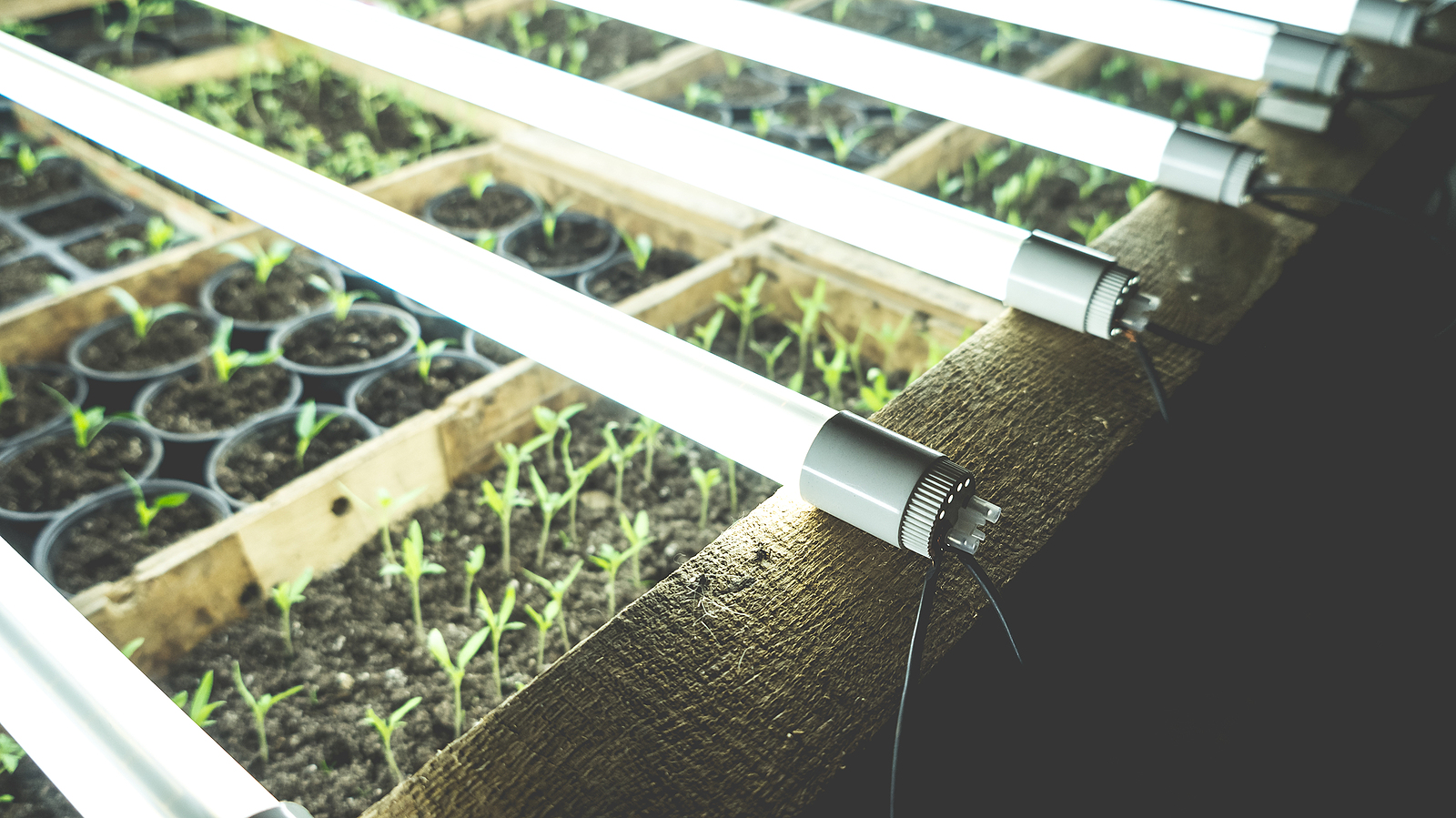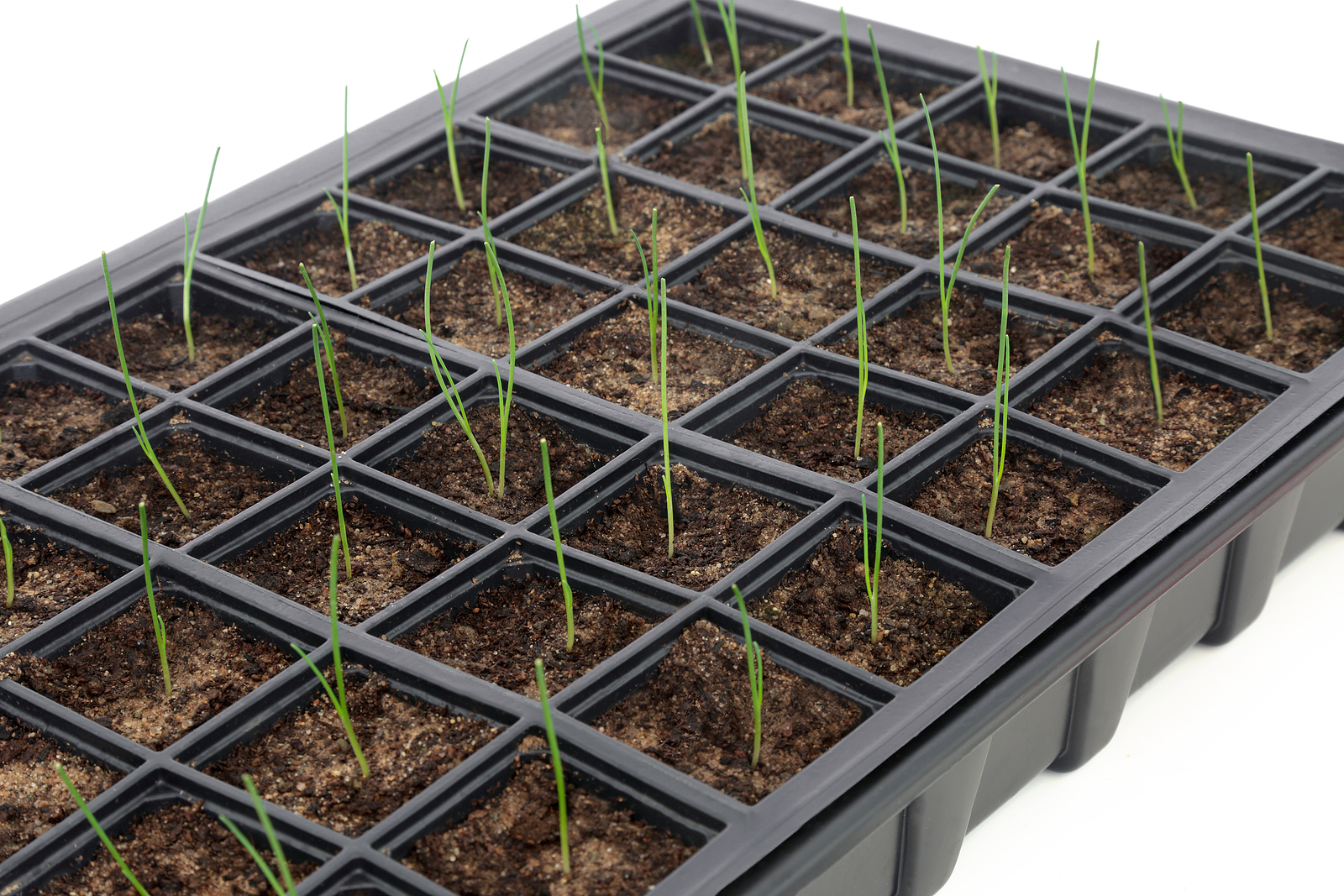Propagation
Latest stories
More stories
-
in Propagation
Pumpkin Pollination: A Gardener’s Guide
Pumpkin plants are a joy to grow—but did you know that pollination is key to getting those beautiful pumpkins you’re dreaming about? After years of growing pumpkins of all shapes and sizes, I’ve learned a few tricks to make sure every female flower gets the pollination it needs to produce a strong, healthy fruit. Let’s […] More
-
Propagating Strawberries from Runners
One of the most rewarding parts of growing strawberries is watching them expand your garden all on their own. Every season, I find myself with more plants than I started with, thanks to the magic of runners. If you’ve ever wondered how to turn one productive strawberry plant into many, here’s how to do it—based […] More
-
Indoor Strawberry Starts: How and When to Begin
Starting strawberries indoors gives gardeners a head start on the growing season—especially if you live in a region with cold winters or unpredictable spring weather. Over the past 30 years in my own year-round garden, I’ve learned that indoor starts not only help ensure strong, healthy plants for transplanting but also increase yields by extending […] More
-
Sweet Corn Pollination: Natural and Hand-Pollination Tips
Having grown corn in my home garden for many seasons, I’ve learned that successful pollination is the key to producing ears filled with plump, sweet kernels. Corn is a wind-pollinated plant, and understanding how that process works can make all the difference in your harvest. The Role of Tassels and Silks Each corn plant produces […] More
-
Seed Starting Guide
Starting plants from seed is easy. You can start vegetables, herbs, and flowers from seed. Seed starting requires a bit of time and space. The effort will be rewarding. Many more varieties of vegetables and flowers–both annuals and perennials– are available in seed than are young seedlings or starts offered at garden centers or nurseries. […] More
-
Vegetable Seed Germination
Seeds sprout through a process called germination. Different vegetables have different germination requirements. It’s important to know the germination requirements of the seeds you are planting to ensure success. Germination–depending upon the type of seed–requires just the right conditions for growth–usually an abundant supply of water, an adequate supply of oxygen, and the proper temperature. […] More
-
Seed and Seedling Failure Troubleshooting
Successful seed and seedlings’ growth depends on moisture, warmth, air, and light. Seeds and seedlings require optimal temperatures, even watering, open-air circulation, and bright light to thrive. When a seed fails to sprout or a seedling fails to thrive there is usually a simple and easily correctable reason. Here are the most common reasons seeds […] More
-
Peat Pellet Buyer’s Guide
Peat pellets are used for seed starting. Peat pellets are compressed disks of dehydrated peat moss and other organic materials. They are used to germinate seeds indoors before transplanting seedlings into the garden. A peat pellet is a self-contained pot and planting medium all in one. When it comes to gardening and horticulture, peat pellets […] More
-
Seed Starting Mix Buyer’s Guide
Seed starting mixes are lightweight soil substitutes used for germinating seeds. Seed starting mixes commonly contain no soil, they are moisture retentive, and they are usually sterile having been exposed to high temperature to kill off bacteria. Seed starting mixes are sometimes called soilless mixes. Having the right seed starting mix can be crucial for […] More
-
Seedling Heat Mat Buyer’s Guide
Seedling heat mats provide consistent, gentle bottom heat essential to good seed germination. Heat mats are also known as seed heat mats or propagation heat mats. Heat mats are basically two rubber mats with electric heating wires sandwiched between them. Commonly the wires of a seedling heat mat attach to a thermostat that is in […] More
-
Grow Light Buyer’s Guide
A grow light is an artificial light source that mimics the natural sunlight required for plants to thrive. Grow lights are also known as plant lights or propagation lights. Grow lights are important for indoor seed starting and plant growing. They allow for the growth of a wide range of plants regardless of the available […] More
-
Seed Starting Tray Buyer’s Guide
Seed trays are essential for starting seeds and cuttings. Seed trays are commoly lightweight plastic, biodegrable paper, or compressed peat trays divided into separate cells, like a muffin tin, for growing individual seedlings. Seed tray cells are usually 2 to 3 inches deep and up to 3 inches square or round. Some seed tray cells […] More

